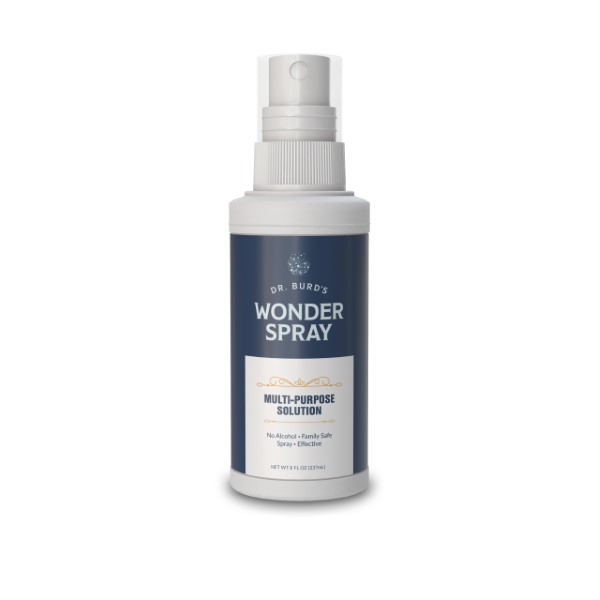Pipsissewa
Chimaphila umbellata
Pyrolaceae (wintergreen family)
If you ever played the old board game of Uncle Wiggly, maybe you remember the phrase “The bad pipsissewa shivered and shook as Uncle Wiggly three steps took.” This pretty creeping evergreen herb certainly does not deserve the reputation of bad guy! Its Algonquian Indian name, pipsissewa, comes from a Canadian Cree word meaning “breaks it into small pieces,” such as breaking up a stone in the bladder. Its official genus name, Chimaphila, means “winter-loving,” as these tiny shrub-like plants are often prominent in winter snow. The species name, umbellata, points to their little umbrella-like flowers.
Also called wintergreen, ground-holly, wax-flower, and prince’s pine, pipissewa is native to the eastern woodlands and thrives in a mixed hardwood forest. The stems can stand ten inches tall, topped in midsummer by one to three small, fragrant, drooping, white-to-pink blossoms. These small, waxy flowers eventually stand straight up in climax form and become woody and fibrous as each plant projects its ripe seedpod aloft. Striped or spotted pipsissewa, Chimaphila maculata, also called ratsbane or rheumatism root, is a close relative.
Traditional uses:
Native peoples chewed and sometimes smoked the leathery leaves of pipsissewa to treat numerous conditions. Leaves and roots were steeped in strong teas (decoctions), sometimes formulated with other native herbs, to relieve coughs, colds, bladder complaints, and kidney problems. Eastern Algonquians used the tea to season other medicines, to relieve PMS problems, and as a diuretic, astringent, and sudorific (to induce sweating) for the sweat bath. Iroquois herbalists used this to treat stomach cancer and rheumatism. Some tribes used leaf decoctions to treat eye problems, and drank them as spring tonics. Along the West Coast, from British Columbia to southern California and into Idaho, is found the western C. menziesii, a whorled, often variegated species that stands six inches tall. The Thompsan Indians of British Columbia poulticed the whole pulverized plant to reduce swelling in joints, legs, and feet. Native peoples also poulticed the leaves on skin tumors, ulcers, and sore muscles, especially as a backache remedy..
Modern uses:
A decoction made from pipsissewa leaves was an original ingredient in traditional root beers, and pipsissewa extract continues to be used as a flavoring agent in some candies and soft drinks as well as in various health care products. It provides an earthy, musky taste.
Cautions:
The biologically active compounds arbutin, sitosterol, and ursolic acid can produce various healing benefits but also irritate sensitive skin.
Growth needs and propagation:
Pipsissewa favors dry woodlands and sandy soils. Across most of our northern temperate regions, their shiny green-toothed leaves are signs of healing through winter snows. However, pipsissewa is now endangered throughout much of its natural range, making it especially important to cultivate in our medicine wheel gardens. It is difficult to propagate from seed. Propagate from one-inch pieces of underground rootstock left under leaf mulch..
Companions:
Pipsissewa grows well with most of the shade-loving plants in the medicine wheel garden, especially mayapple and maidenhair fern.
When a pregnant woman feels feverish and drowsy, she is not sick, her baby is. Make a small bundle of Pipsissewa about one inch thick using the whole plant. Put this in one-half quart of water to steep. Take a cupful four times a day until it is used up.
– Sam Hill, Onondaga herbalist, Six Nations Reserve, 1912










